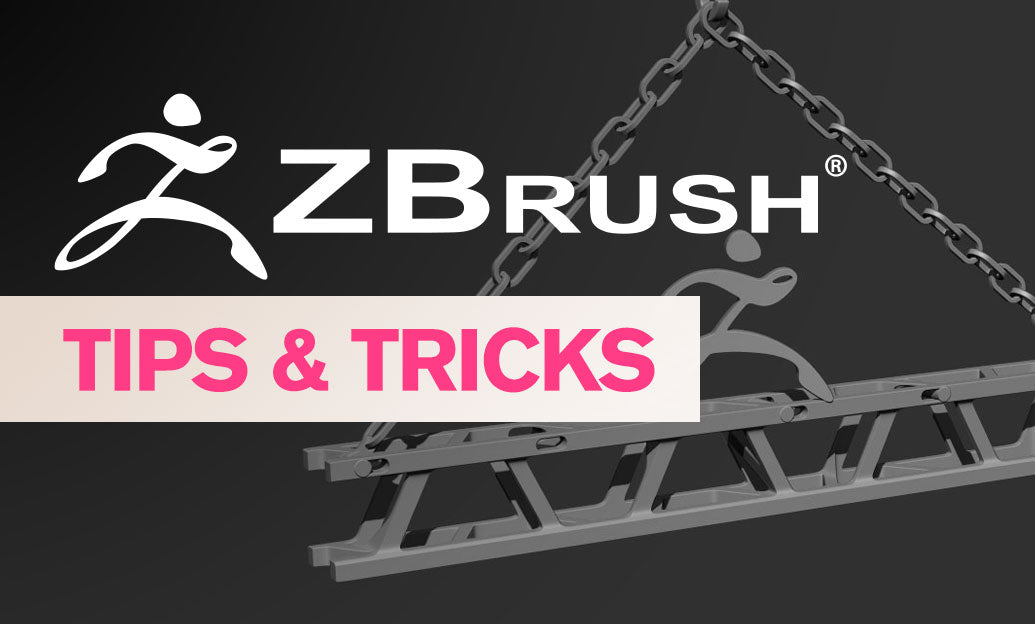Your Cart is Empty
Customer Testimonials
-
"Great customer service. The folks at Novedge were super helpful in navigating a somewhat complicated order including software upgrades and serial numbers in various stages of inactivity. They were friendly and helpful throughout the process.."
Ruben Ruckmark
"Quick & very helpful. We have been using Novedge for years and are very happy with their quick service when we need to make a purchase and excellent support resolving any issues."
Will Woodson
"Scott is the best. He reminds me about subscriptions dates, guides me in the correct direction for updates. He always responds promptly to me. He is literally the reason I continue to work with Novedge and will do so in the future."
Edward Mchugh
"Calvin Lok is “the man”. After my purchase of Sketchup 2021, he called me and provided step-by-step instructions to ease me through difficulties I was having with the setup of my new software."
Mike Borzage
Rhino 3D Tip: Best Practices for Creating Animation-Ready Models in Rhino 3D
February 07, 2025 2 min read

Creating a detailed model for animation in Rhino 3D requires careful planning and attention to detail to ensure that the model is both visually appealing and functionally suitable for animation. Here are some essential tips to guide you through the process:
Plan Your Model with Animation in Mind
- Define the Purpose: Determine how the model will be used in the animation—whether it needs to be rigged, animated, or interact with other models.
- Level of Detail (LOD): Balance the need for detail with performance. Highly detailed models can slow down rendering times. Focus detail on areas that will be prominent in the animation.
Organize Your Model Effectively
- Use Layers: Organize different parts of your model into layers. This makes it easier to manage and edit components individually.
- Name Components Clearly: Use descriptive names for objects and layers to keep track of different elements.
Modeling Techniques for Animation
- Use Quads Over N-gons: For models that will be deformed during animation, use quad-based topology to ensure smooth deformation.
- Avoid Non-manifold Edges: Ensure that your model does not have edges shared by more than two faces, which can cause issues during animation.
- Check Normals Direction: Make sure all face normals are oriented correctly to prevent rendering artifacts.
- Optimize Mesh: Use the Mesh Repair tools to find and fix issues in your model.
Preparing for Rigging and Deformation
- Maintain Even Topology: Keep the mesh topology even to allow for smooth bending and twisting.
- Add Edge Loops: Insert edge loops in areas that will have more deformation, such as joints.
- Test Deformations: Use basic transformations to test how the mesh deforms before rigging.
Exporting for Animation Software
- Choose the Right Format: Export your model in a format compatible with your animation software, such as FBX or OBJ.
- Preserve Hierarchy: Maintain the object hierarchy and naming conventions during export.
Utilize Resources and Support
- NOVEDGE Resources: Check out NOVEDGE for a wide range of Rhino 3D tutorials, plugins, and expert advice.
- Community Forums: Engage with the Rhino 3D community to share tips and get feedback on your models.
By following these guidelines, you'll create detailed and animation-ready models in Rhino 3D that perform efficiently within your animation pipeline.
For more tips and professional software solutions, visit NOVEDGE, your one-stop shop for all things related to Rhino 3D.
You can find all the Rhino products on the NOVEDGE web site at this page.
Also in Design News

Driving the Future: AI-Enhanced CAD for Automated Design Optimization
May 09, 2025 8 min read
Read More
ZBrush Tip: Maximize Your ZBrush Workflow with Advanced PolyPaint Techniques
May 09, 2025 2 min read
Read MoreSubscribe
Sign up to get the latest on sales, new releases and more …



